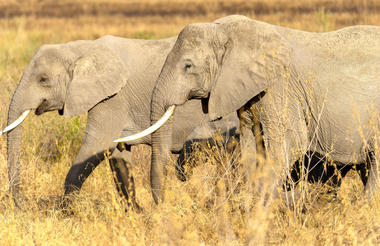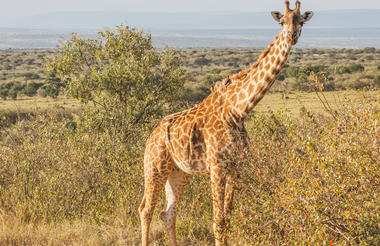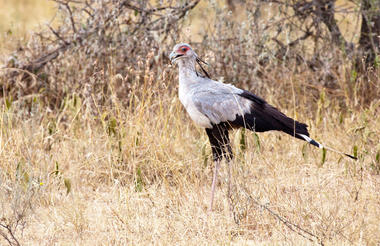Tarangire National Park, situated within Tanzania’s spectacular Manyara Region, is an awe-inspiring national park comprising of granite ridges, river valleys, mixed vegetative landscapes and free-roaming wildlife. During the annual dry season, the Tarangire River is a magnet for thirsty wildlife. Large herds of elephants and migratory wildebeest, zebra, buffalo, impala, gazelle, hartebeest and eland gather and not surprisingly, predators follow. With lion being among commonly spotted animal, it is a rare day that a visitor does not spot this majestic animal. Tarangire is also the one place in Tanzania where dry-country antelope such as oryx, lesser kudu and gerenuk are seen on occasions. This expansive area is also known for its spectacular baobab trees, its breathtaking views of the Masai Steppe and the wondrous mountains to the south.
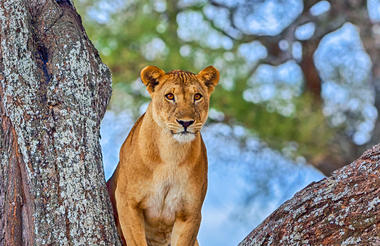
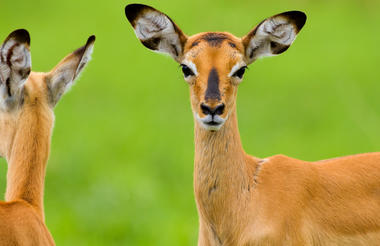
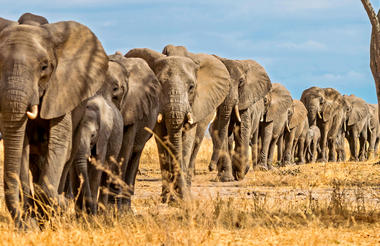
The Ngorongoro Crater is game viewing gone crazy and it is not surprising that with is one of Tanzania’s major tourist draw-cards. Within the crater rim a daily wildlife drama is played out as large herds of zebra and wildebeest graze nearby lions, leopards, elephants and black rhinos. Outside of the crater a similar drama continues in a more spread out manner with Masai herdsmen thrown into the mix.
The Ngorongoro Conservation Authority area is part of the larger Serengeti ecosystem, it adjoins the Serengeti National Park, merging into the Southern Plains. The south and west of the area are volcanic highlands including Lake Natron ,the active volcano Ol Donyo Lengai and the lesser known Empakai Crater; the southern and eastern boundaries are defined by the rim of the East African Rift wall.
It is most famous for the Ngorongoro Crater, a UNESCO World Heritage site and one of the most well-known wildlife areas in the world. The Crater itself is the world's largest inactive and intact volcanic caldera, formed when it exploded and collapsed in on itself some two to three million years ago. The floor of the Crater covers 260 km2 (100 square miles) and is mostly covered by grasslands with two small wooded areas and a seasonal salt lake in the centre of the crater; the lake is known by two names, Lake Magadi or Lake Makat. The other major water source is the Ngoitokitok, near the eastern crater wall.
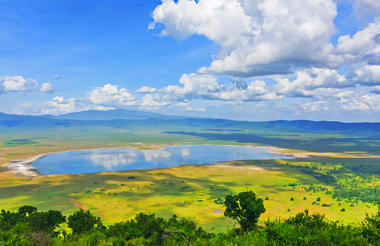
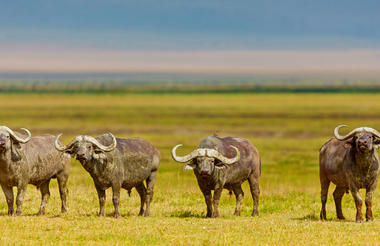
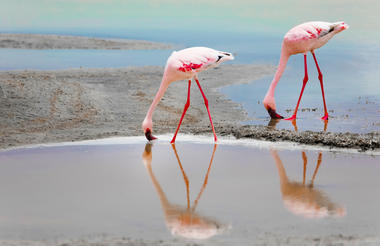
Central Serengeti and the Seronera Valley is where the long grass and the short grass plains meet. From here, visitors can head out in different directions to cover much of the park for some fantastic sight seeing. Optionally, they may focus on sight seeing along the streams that come together at the center of the park at Seronera. Tall yellow-barked acacia line the water-courses as do thickets of palms and thorny scrub. Suasage trees and Tortillis acacia are favorite hideouts for Leopard, while hippo lounge away the days in the river's pools.
To the South, the classic openness of the Serengeti take on their true meaning - oceans of grass in the wet season near Seronera, giving way to the short stubble to the South, favored by Wildebeest at calving time. The plains are dotted here and there with rocky outcrops know as Kopjes, perfect lookout points for Lion, Cheetah and Leopard. Thousands of gazelle are everywhere the eye can see. To the West, Serengeti stretches into the Western Corridor following the Grumeti River, while to the South, lie endless plains. To the North, scrubby bush dominates the landscape.
